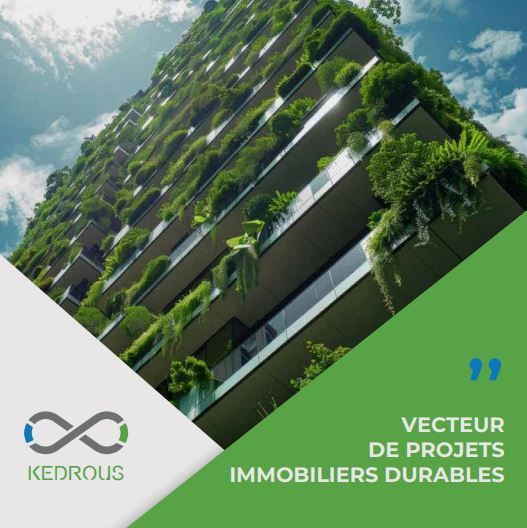Energy & Carbon
Bas carbone
AMO Label BBCA
AMO label Bas Carbone
AMO Biosourced Label

AMO Label Bas Carbone
The Low Carbon label is a government-sponsored label that recognizes projects that reduce their carbon footprint in many sectors: agriculture, forestry, transportation, and, of course, construction. Only renovation projects are eligible. For new projects, the project owner must opt for the BBCA label.
In the specific case of renovations, the Low Carbon label promotes projects with energy performance equivalent to the current BBC renovation level and using reused or low carbon impact materials.
The project will also have to assess its impacts and co-benefits in the socio-economic and environmental fields. It will therefore be able to highlight additional points on 4 types of co-benefit:
- Socio-economic: promoting local businesses and jobs, helping to combat energy poverty, etc.
- Comfort and health: optimization of comfort themes (visual, acoustic), air quality and materials.
- Environmental preservation: preserving water and material resources, reducing the impact of urban heat islands, maximizing space for biodiversity, etc.
- Safety and Accessibility: Reflecting on Fire Safety and Accessibility
It must also carry out the calculation of carbon emission reductions, according to 1 of the 3 scenarios
Scenario 1
Recovery of materials and products from reuse (equivalent use)
Scenario 2
Recovery of materials and products from reuse (with change of use)
Scenario 3
Energy renovation at BBC Renovation level and only integrating the necessary products with FDES
The design of these projects is therefore a key phase, during which consideration is given to the choice of materials and the use of alternative materials to new construction. This label is an opportunity to promote a recognized first step in the circular economy.
The labeling takes place in two stages
an initial file to be validated at the end of the design, including a calculation of the estimated reductions in carbon emissions
a second file during the delivery phase, to justify the implementation of the initial commitments. An illustrated report is expected, so it will be important to monitor the construction site to provide photographic evidence of the installation of reused materials.
The verification is carried out by an independent auditor, mandated by the Environmental Authority and at the expense of the project owner.
KEDROUS supports you in obtaining the Low Carbon label
In their role as project management assistant, KEDROUS employees will support you in setting up the process and preparing the file, participate in technical validation throughout the design phase, and then during the construction phase, will verify the implementation of reused products.
- Preparation of labeling files
- Assistance during the design phase
- Assistance during the execution phase
The Low Carbon label can be combined with other labels depending on the type of project or the scenario chosen:
- In the case of new buildings, it will be necessary to carry out a BBCA label;
- In the case of renovated buildings and scenario 3 choice, a BBC Renovation approach will be required.
- In the specific case of the Low Carbon label, a specific methodology has been created to supervise new projects based on the BBCA label. If the project owner wants this state label, it will therefore be necessary to adhere to the BBCA standard and the appendix dedicated to the Low Carbon label.



